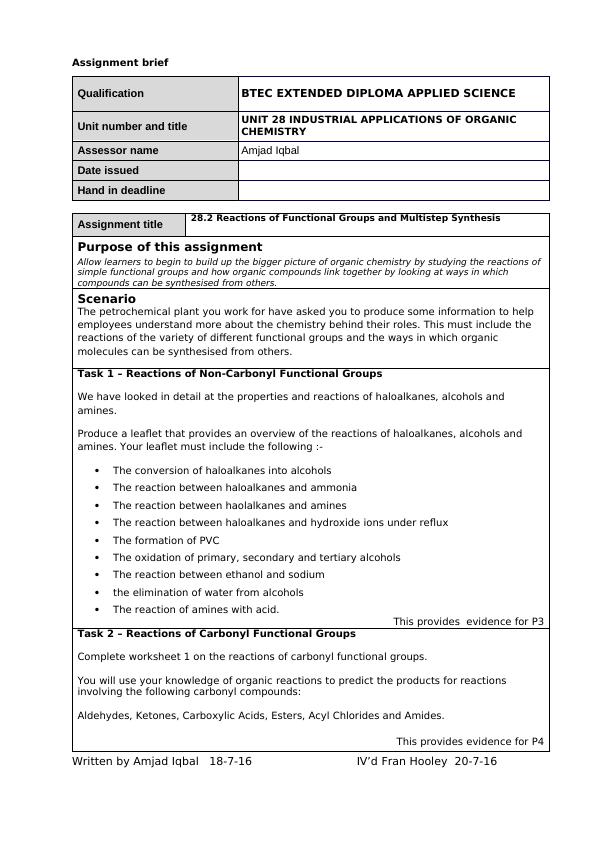Ask a question from expert
Industrial Applications of Organic Chemistry
5 Pages964 Words1045 Views
Added on 2019-09-13
Industrial Applications of Organic Chemistry
Added on 2019-09-13
BookmarkShareRelated Documents
End of preview
Want to access all the pages? Upload your documents or become a member.
CS193P IPHONE APPLICATION DEVELOPMENT
|7
|1737
|170
CS193P IPHONE APPLICATION DEVELOPMENT
|7
|1737
|58
CS193P IPHONE APPLICATION DEVELOPMENT
|7
|1737
|381
CS193P IPHONE APPLICATION DEVELOPMENT
|7
|1737
|403
CS193P IPHONE APPLICATION DEVELOPMENT
|7
|1737
|136
CS193P IPHONE APPLICATION DEVELOPMENT
|7
|1737
|309

